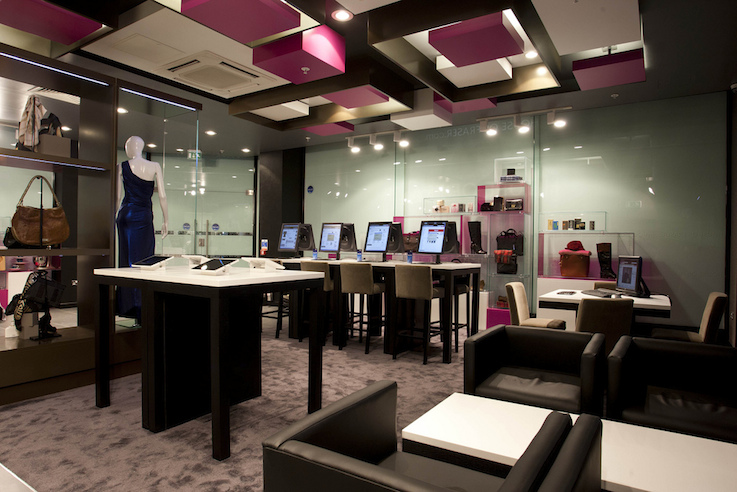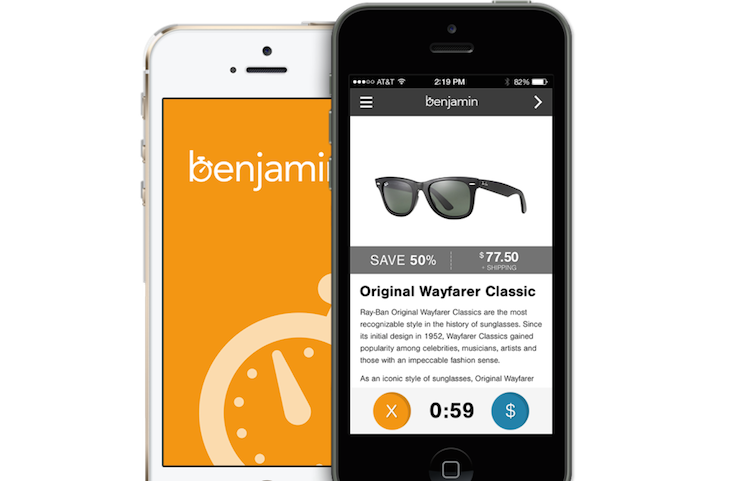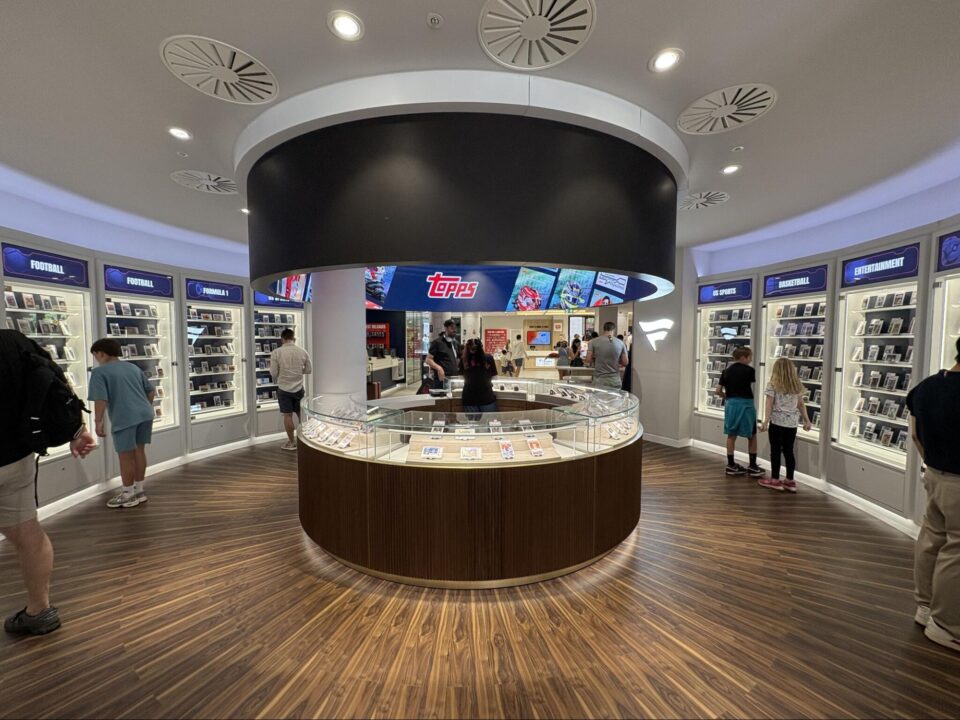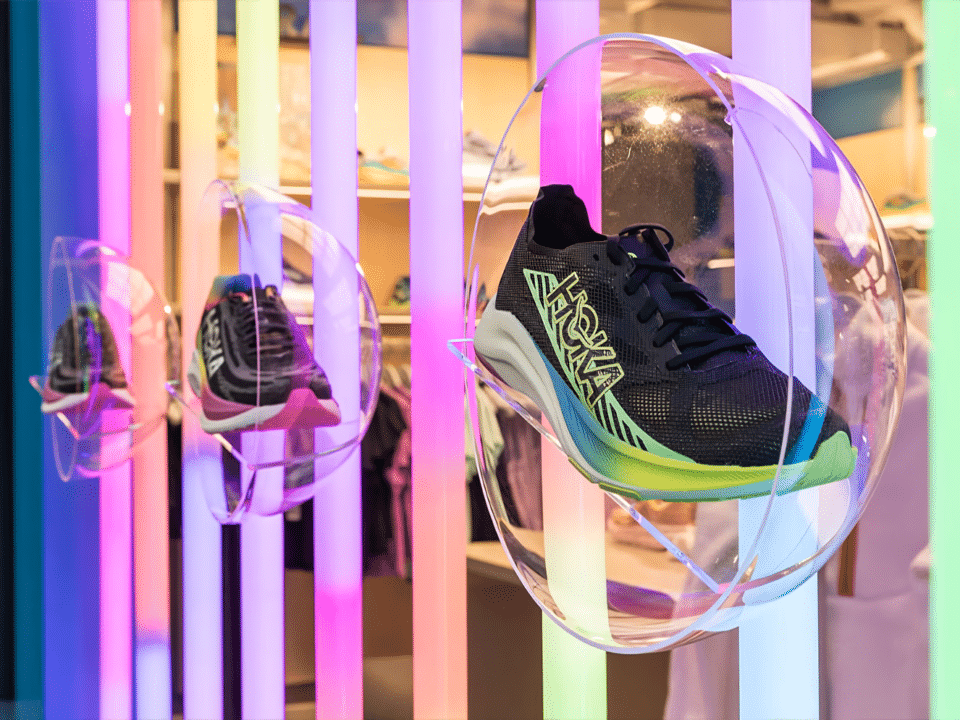7 simple steps to a winning omnichannel retail strategy

Image credit: Eshed Gal-Or
A step-by-step guide to understanding and adopting a winning omnichannel retail strategy.
Multichannel and omnichannel are two terms which have been widely discussed over the last couple of years, causing a bit of confusion among professionals. To provide a clear distinction between them, multichannel is the capacity to connect with a retailer through various channels, such as physical, online and mobile. Omnichannel is the capacity to connect with a retailer through various channels, as well as convey a consistent, seamless and customised customer experience.
The omnichannel retail strategy can provide value to both the customer and the companies which adopt it. Customer expectations are higher than ever, and companies must provide an excellent customer experience to gain loyalty and decrease disappointment. The customer loyalty and satisfaction can reflect back to the company, increasing the brand equity and value.
This report expands on the basic requirements needed for omnichannel. What follows is a practical, step-by-step guide to help companies adopt an omnichannel retail strategy.
1. Strategy Design
To begin, you have to identify the best approach for your brand’s needs. What is the direction the strategy needs to take in order to get the best results for your company? Write down the objectives your company aspires to get out of the omnichannel strategy. Learn about your customers – their needs and expectations – and how those can be fulfilled by adopting omnichannel. In order to get omnichannel right, companies need to acknowledge and react to the unpredictability of the new customer scene in which they now work. The customer insight along with company’s objectives must be taken into great account in order to design the best strategy and get the best out of omnichannel.
2. Design the Experience
Today, all the retail touchpoints can be conveyed through mobile devices, therefore making it wise to start with a mobile user interface strategy. Design the optimal customer experience and then work in reverse to guarantee enhancement and consistency over all the devices.
3. Use Responsive Design for Quicker Brand Consistency
The objective is to make accessible to store partners and customers all the comprehensive product information and empower them to shop effortlessly. As mentioned above, firstly design all touchpoints with a mobile user interface strategy in mind. The fastest way to preserve brand and customer experience consistency is to use Responsive Web Design (RWD). RWD, provides a fast and low-care approach in using one code base in order to administer the best and consistent experience on any screen. Transforming from the present website to a fully responsive and consistent one, requires from two to four months, according to how complex the project is.
4. Data Unification
Start by synthesising and storing the most important retail data types in one place. Have a Customer Relationship Management System (CRM), a Product Information Management System (PIM) and an Order Management System (OMS). Those are the foundation technologies on which the omnichannel strategy is constructed. The issue in numerous retailers today is that the key bits of information that are required are situated in various places and in various formats. Along these lines, getting your data storage bank formed is necessary for achievement. Representational State Transfer (REST) and REST-based API layers can empower you to rapidly fulfil data unification with insignificant interruption and expense. Utilising a RESTful API layer gives you a chance to leave your data where it is and coordinate it by utilising a two-way data synchronisation.
 House of Fraser, Aberdeen. Image credit: EG Focus
House of Fraser, Aberdeen. Image credit: EG Focus
5. Mobile In-Store Experience
When preparing the retail environment, think about your employees as well as the customers. For customers, there are two essential approaches to offer a mobile experience, including a mobile stand and an in-store mobile app. The mobile stand can offer customers the capacity to utilise a tablet to increase their purchasing experience. The in-store application can provide different functions such as a self-checkout and act as a couponing vehicle. From the employees side, mobile devices can help with customer consultation anywhere in the store, transactions, product identification, delivering stock etc.
6. Promotional marketing
Taking into account the location of customers within your retail space can enhance the in-store experience. Beacons can be utilised to present offers and information. A beacon is a little transmitter that trades data with mobile devices coming within reach. By knowing the exact location of customers in the store, you can provide them with offers to the products they are more keen to purchase as well as with directions to find what they are looking for.

7. Personalisation
By incorporating the transaction history with the in-store and online browsing and purchasing behaviour of individual customer’s data can provide great consumer insights. Those insights on preferences, purchasing patterns and behaviour can help you build a customer segmentation model. This requires even further cleaning up and data analysis but it can be extremely valuable for brands. This will allow you to to provide the best tailored experiences to individual customers, and consequently increase brand loyalty factor.



